6. Mr Six (Guan Hu, 2015, China)
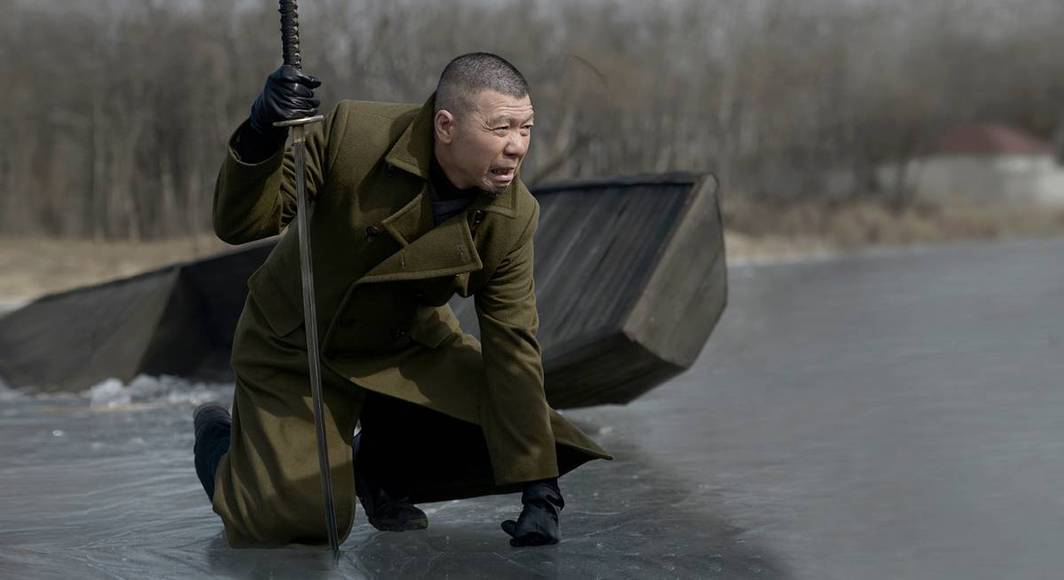
Hu Guan could easily shoot an action film that focuses on the battles between the old and new criminals; however, he decided to direct the film toward Mr. Six's character and focus on realism, particular through two axes: His relationship with his estranged son, and the realization that the world has changed significantly, outside of his microcosm. At the same time, some secondary social comments deal with male friendship, the difference of values between the previous and the current generation, and the place of women in society.
In that fashion, some of the most distinct scenes take place when the protagonist reconciles with his son, when he is philosophizing with his former comrades and Chatterbox, and when he watches an ostrich sprint its way through traffic in a central road, in a highly surrealistic scene.
Feng Xiaogang is sublime in the titular role, as he presents a multi-leveled character, whose opposing characteristics make him contradictory, at least until his real self is revealed. In that fashion, Mr Six is hard on his son but loves him deeply, he appears fearless in front of any kind and size of enemy but is scared of hospitals, he is dignified but could also be characterized as a righteous ass. Xiaogang manages to portray all these characteristics impressively, in a wonderful performance that netted him the Best Leading Actor Award from the Golden Horse Film Festival.
Watch This Title
7. Godspeed (Chung Mong-hong, 2016, Taiwan)
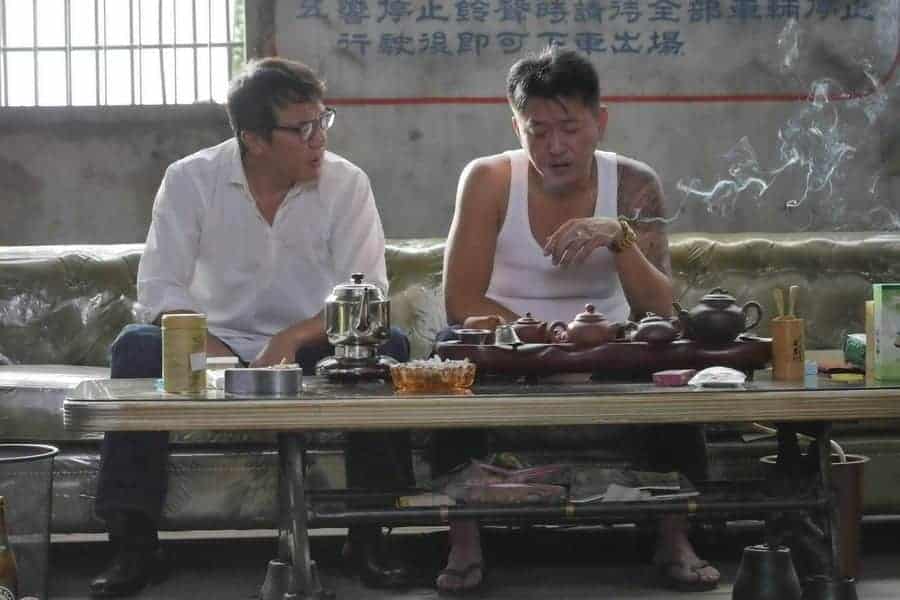
Who are these Taiwanese gangsters? What can they teach us about the place they are from? What can they teach us about ourselves? As Robert Warshow wrote in his classic “The Gangster as Tragic Hero,” American gangsters embody an “intolerable dilemma” that is inherent in the American dream: one is expected to be successful, yet when one achieves the goal, it also means that one is separated from others. One becomes a true individual which will then lead to the demise of the hero. Another feature of the American gangsters is that they can only exist in the city. Their knowledge and skills can only be useful in a modern space.
In many ways, Chung's Taiwanese gangsters are direct opposites to their American counterparts. They roam around the margin of the city or the countryside. It seems like they don't live in the city. Even if they do, they definitely don't enjoy the city life too much. Contrast to the claustrophobic framing of the gangster films from the Classical Hollywood era, for instance, at the end of “White Heat”, where Cagney is blocked by the complex industrial architecture, Chung constantly reminds the audience of the expansiveness of the Taiwanese landscape. He constantly uses aerial and wide angle shot to capture the landscape in full. Instead of being portrayed as larger-than-life characters, the main characters are often tiny spots in the frame.
Buy This Title
8. Drug War (Johnnie To, 2012, Hong Kong)

Johnnie To directs another action film about cops that act as criminals, and their opponents, and does a very good job on it. Most of the film functions as an agonizing thriller, as Zhang poises as a criminal in order to find out more about the syndicate and Choi is always on the lookout for a way out of the strain he is in. This last aspect, however, is presented is subtlety, since, although the fact that the scenario Zhang put in motion will not go smoothly until the end is quite obvious, Choi does not act on it, for the most part of the film. This trait benefits the most by Louis Koo acting as Choi, who manages to emit a constant sense of restlessness, as a man who acts in timid fashion, but is obvious that he is planning something. Some nonsensicality could not be missing from a To film, although this time is quite restrained, with the exception of the scene where Zhang is forced to take drugs.
Some humor is also present in the film, particularly through the character of Haha and even more from the scenes where Zhang is poising as him. The transformation of the tough, laconic cop to a constantly laughing criminal is Honglei Sun's highlight. To does not shy away from portraying the cops with the bleakest colors, particularly in the beginning, when they humiliate the “mules”, but also throughout the film, as they are presented as at least as trigger happy as their opponents. Some comments about the death penalty are also present, but are rather minor and actually lost inside the action.
Buy This Title
9. Twisted Justice (Kazuya Shiraishi, 2016, Japan)
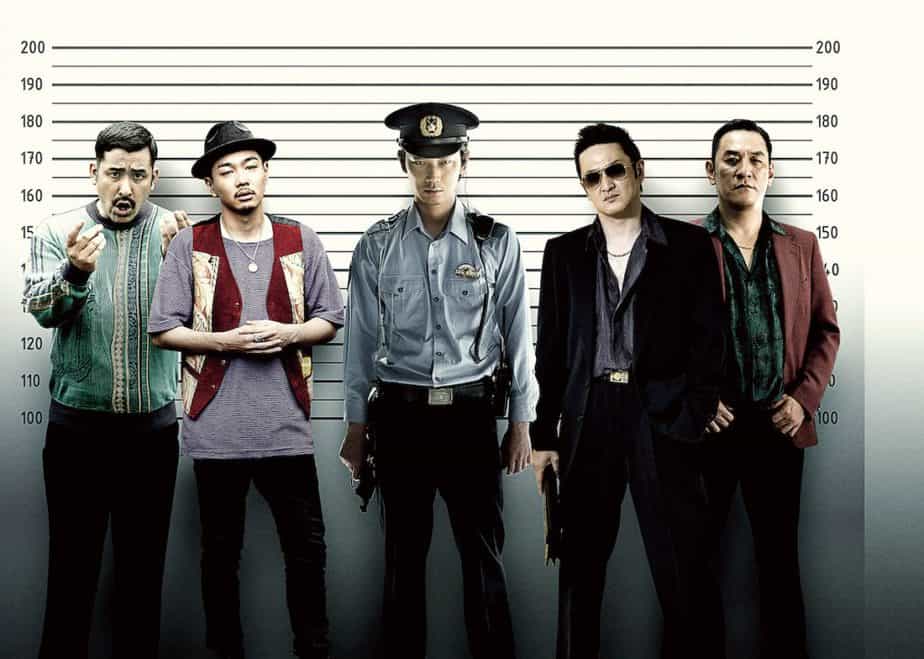
Kazuya Shiraishi, who knew the case quite well as a Hokkaido native, presents a film that looks like a modern version of Kinji Fukasaku's The Yakuza Papers pentalogy, although, in this particular case, the protagonists are cops and not criminals. The aesthetics, though, remain the same, with the constant antagonisms among them, the corruption and betrayals, and even the violence, which is chiefly represented by Moboroshi, the most Yakuza-like of all. Also like the aforementioned films, Moboroshi has his own gang, which includes an actual Yakuza named Nakamura, a lowlife ex-addict named Yamanobe, and a Pakistani with Russian mafia ties named Rashido. However, with the exception of Yamanobe, who actually adores him, the rest of the gang stay with him for the profit, rather than out of devotion, as was the case with Fukasaku's films.
The general aesthetics of the movie have a distinct slapstick nature, as a peculiar sense of humor permeates a large part of its duraton, which, sometimes is offensively hilarious (as with the scene where Moboroshi calls Rashido an Indian, infuriating him) and sometimes seems completely out of place, as the film takes a turn for the dramatic during the end. Add to that the fact that women are presented solely as objects of lust (there are unusually many scenes with sex and nudity for a Japanese film) , and you have a rather offensive movie in your hands that manages to simultaneously cause affront to the police force, the Yakuza, women, immigrants and the notion of male friendship alike. Evidently, the film is not at all sanctimonious, a trap that similar productions often seem to fall into.
10. Ken and Kazu (Hiroshi Shoji, 2015, Japan)

Hiroshi directs a film that depicts the lives of the lower Yakuza in completely realistic fashion, without any notions of grandeur. The protagonists are misfits, living in a place where hope is nowhere to be found, and turn to crime as the sole solution they can find to their financial problems. However, their choice does not mean their lives get actually better, since their basis is so low, that even the best way out is a dead end for them. This applies particularly to Kazu, who, as the story progresses, is proven to have been a victim of abuse by his now senile mother, who keeps pestering him about his father who is long since gone. In that fashion, his predilection for violence is somewhat justified, but Shoji does not let it in any way be excused, as he presents a character who is willing to step even on his best friend in order to achieve his goals.
The film is filled with violence, in brawling fashion, in another trait the fits the rundown neighborhood that functions as the main setting, with the only breaks coming in the scenes where Ken interacts with his girlfriend, although violence eventually finds its way even there.
The permeating violence, the lowlife protagonists and the male friendship are the elements that most reminded me of the early Kitano, with Shoji actually embracing the fact, in a tendency that finds its apogee in a hilarious scene where Ken mocks the way Kitano spoke in his movies.



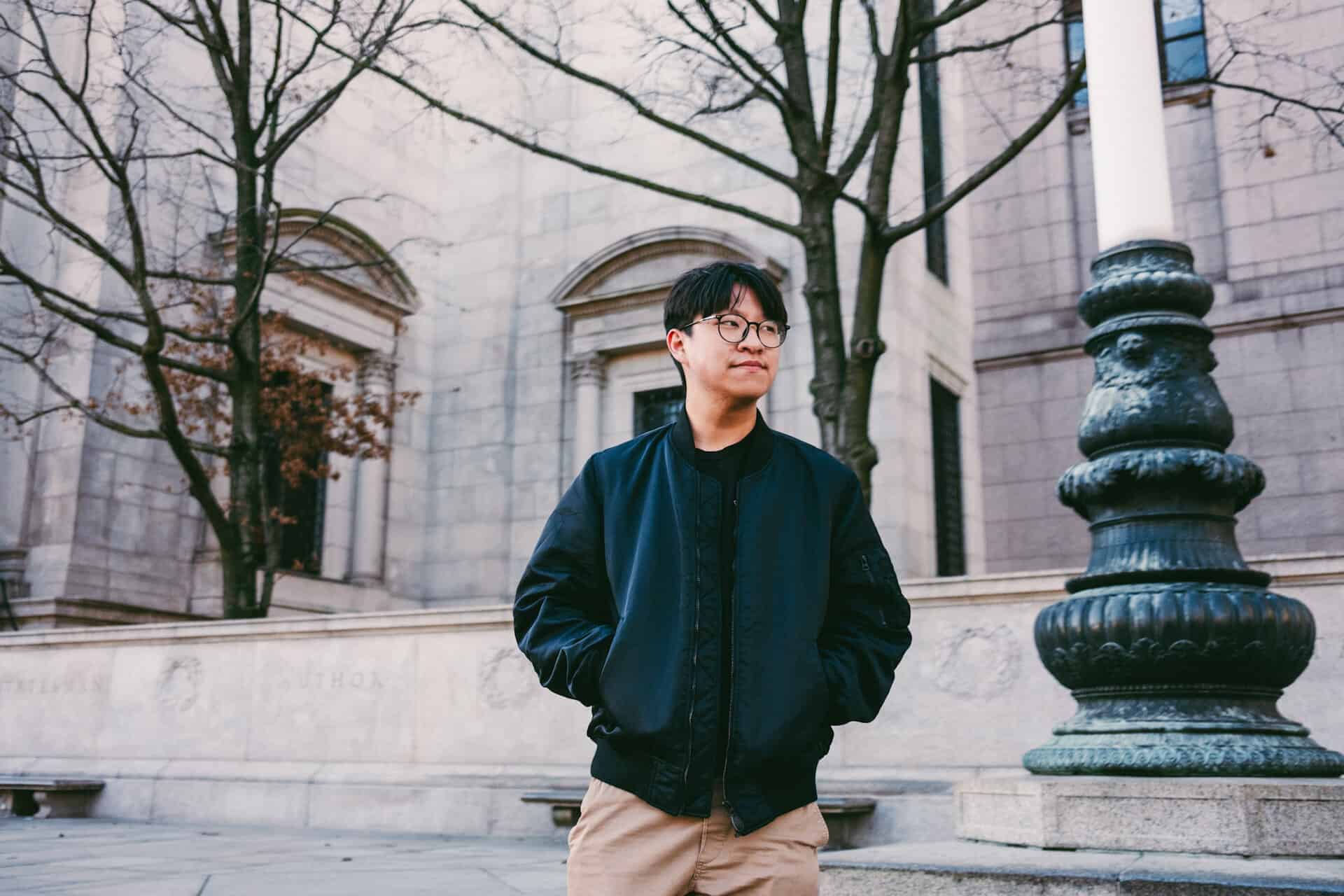


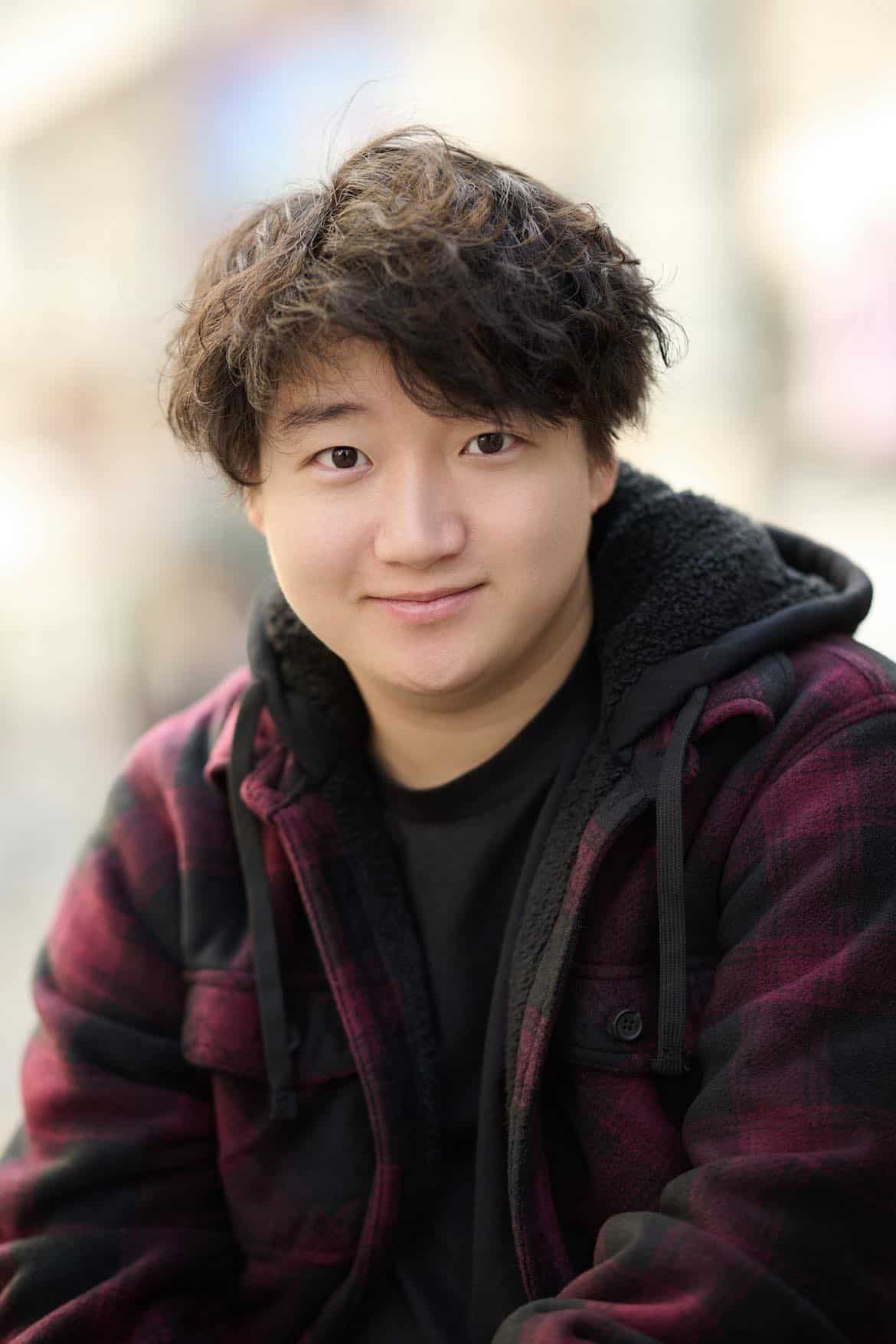
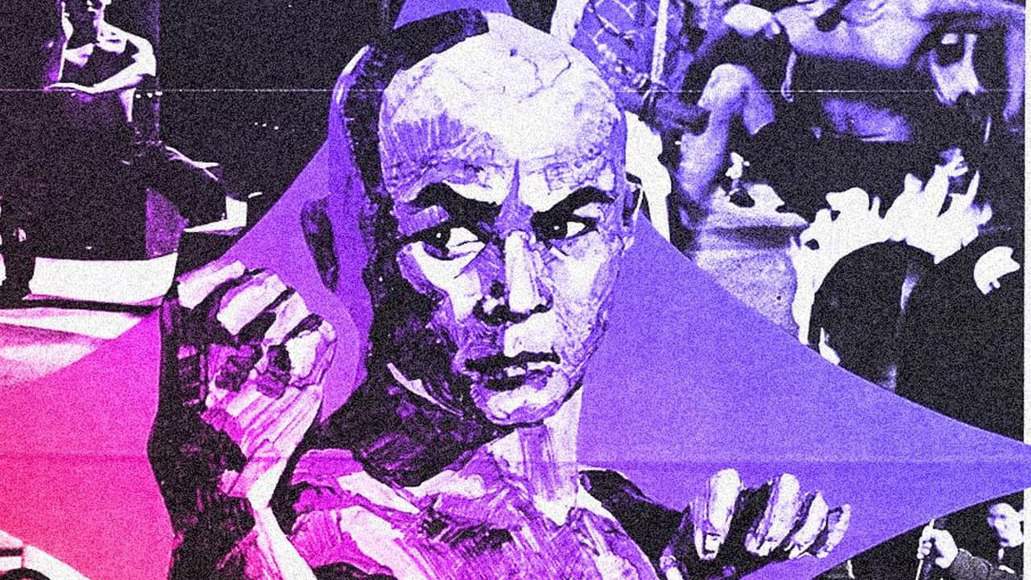






I would recommend you to watch Tamil language movie vada Chennai.
Noted